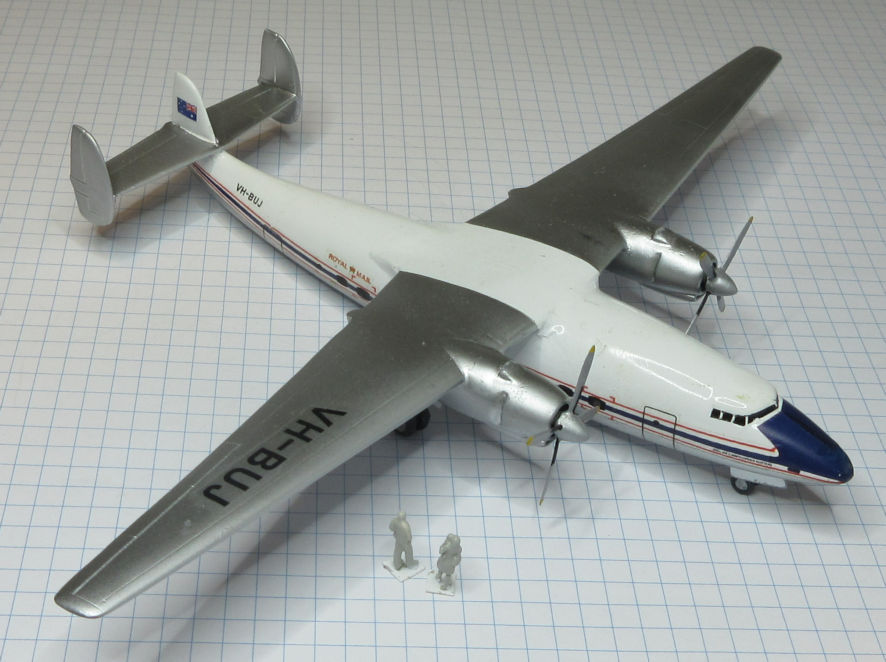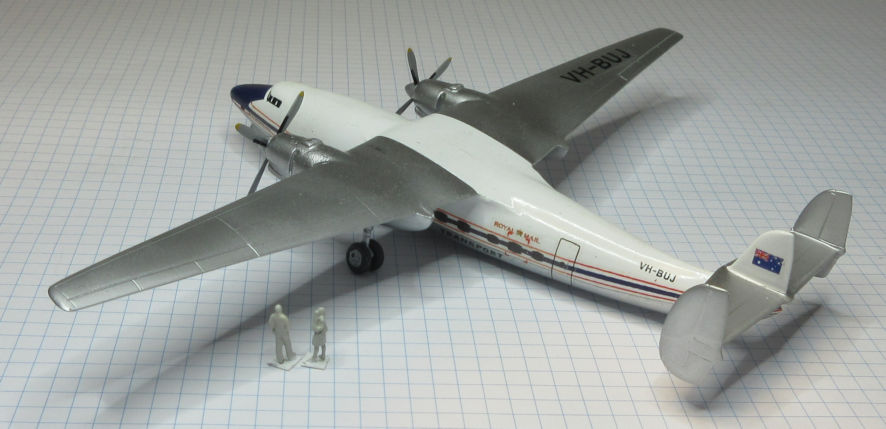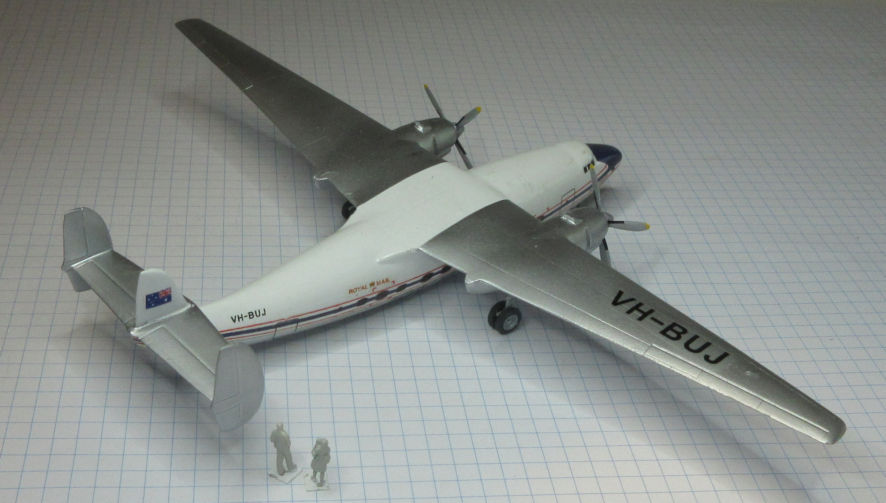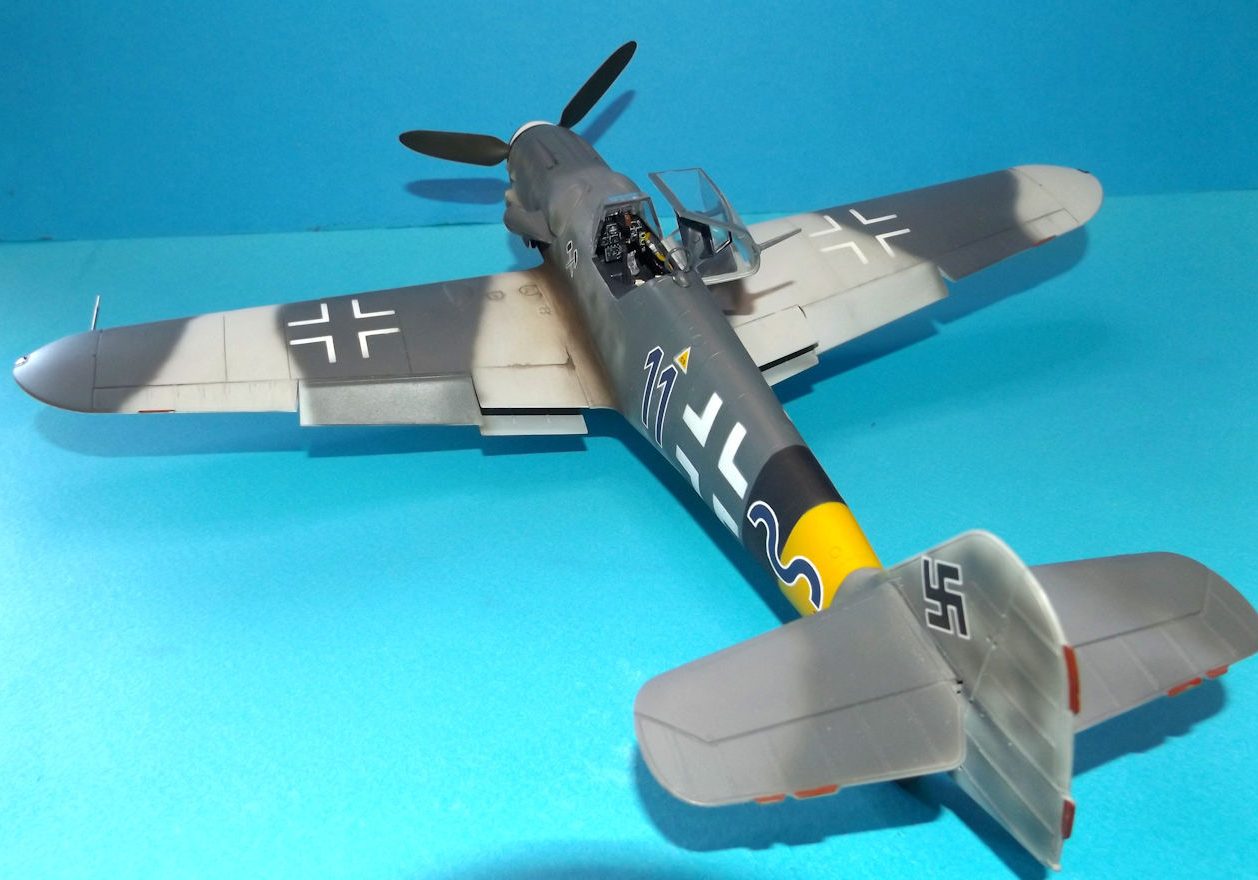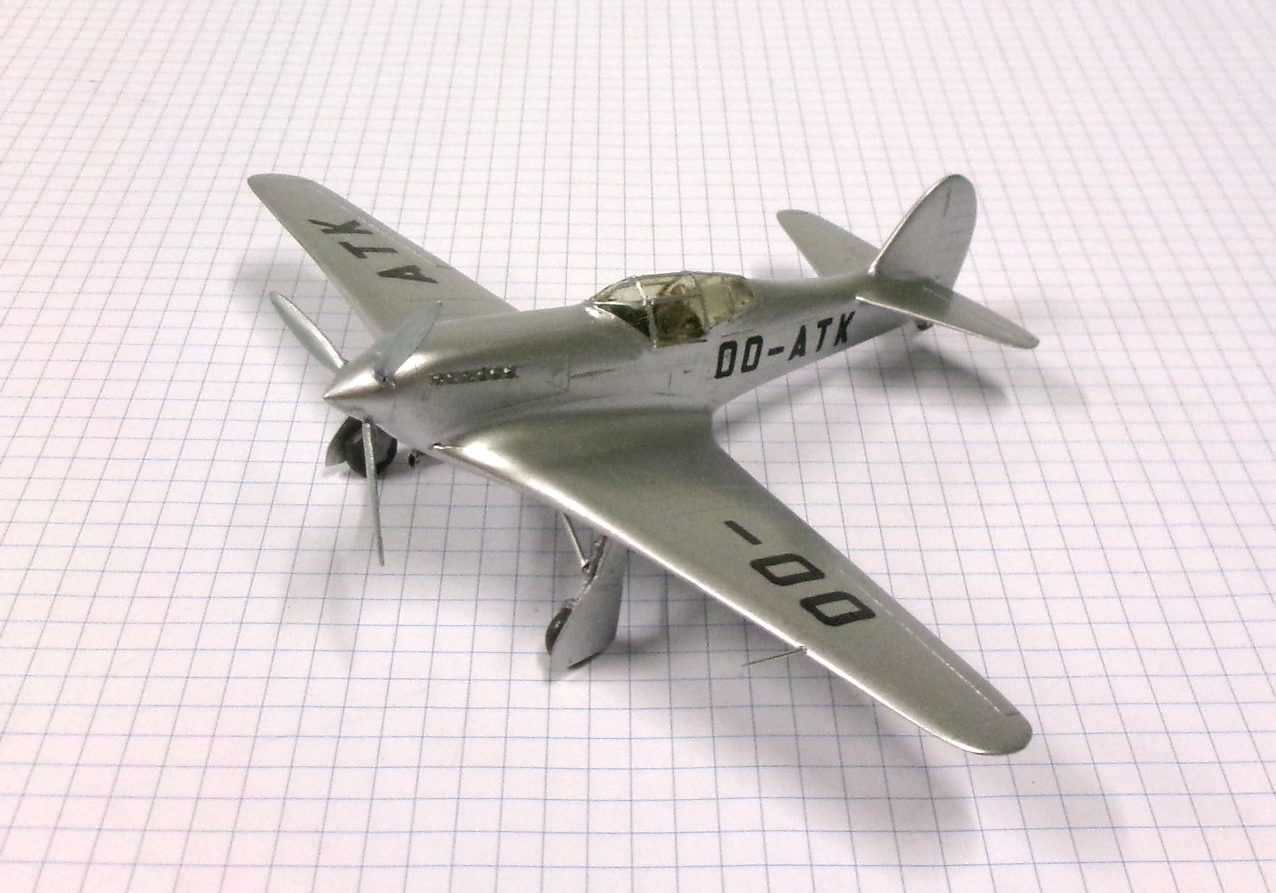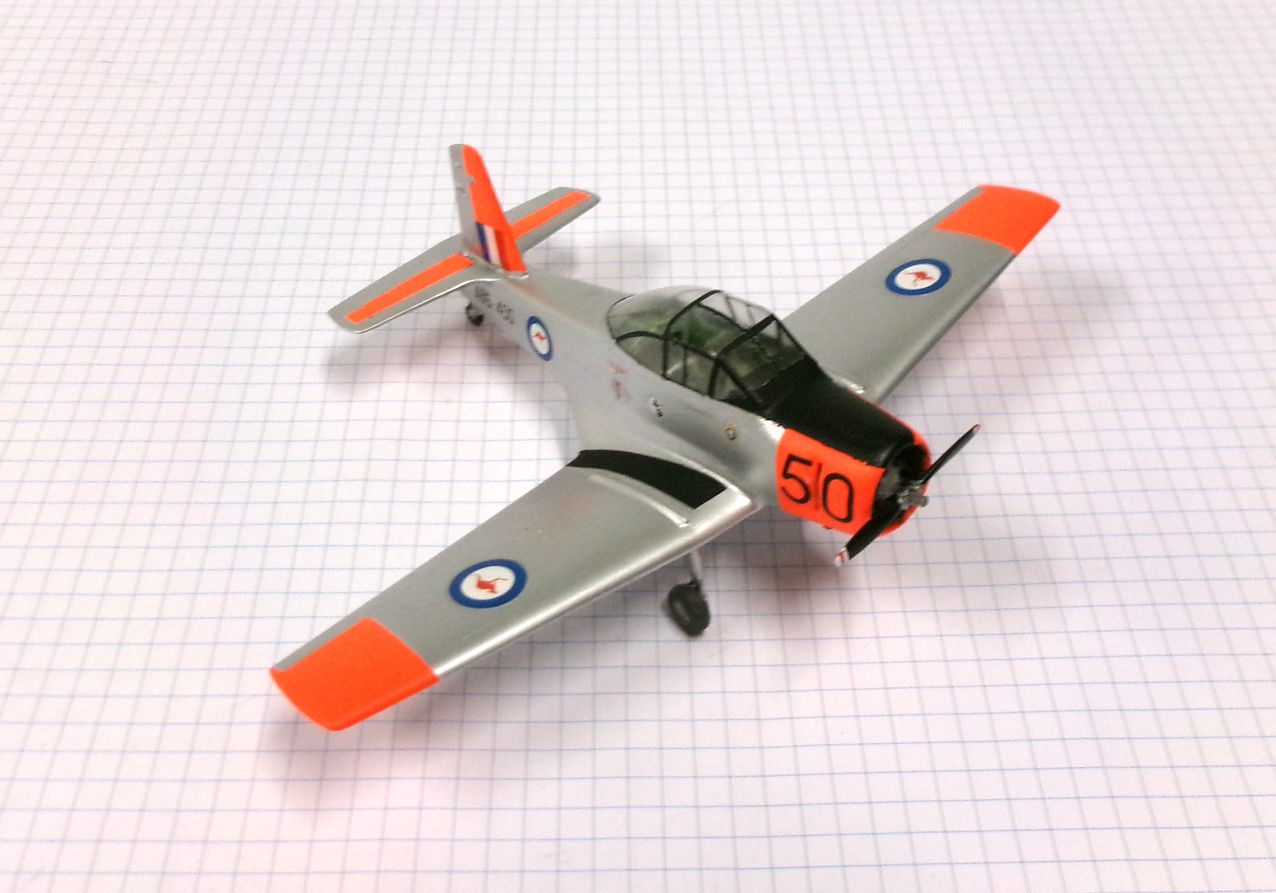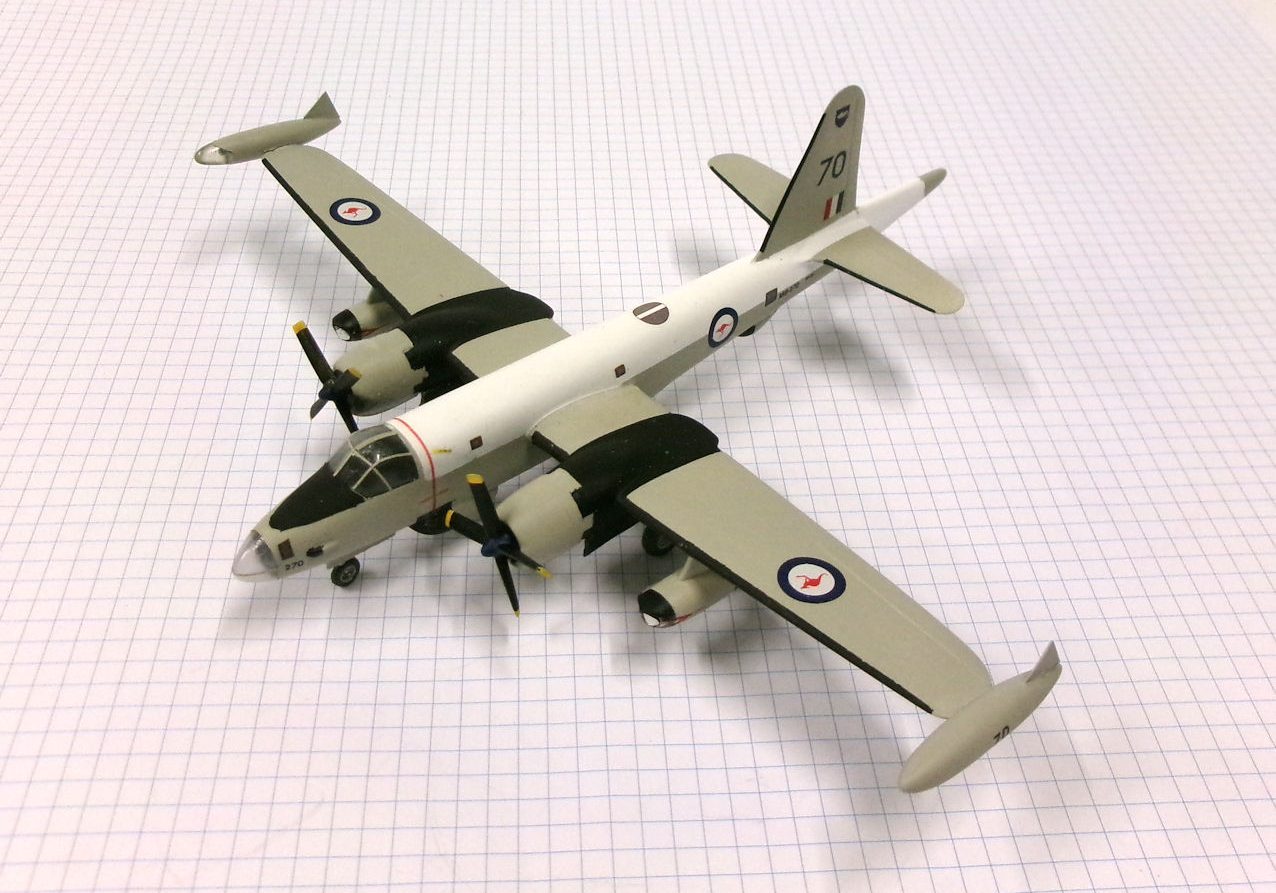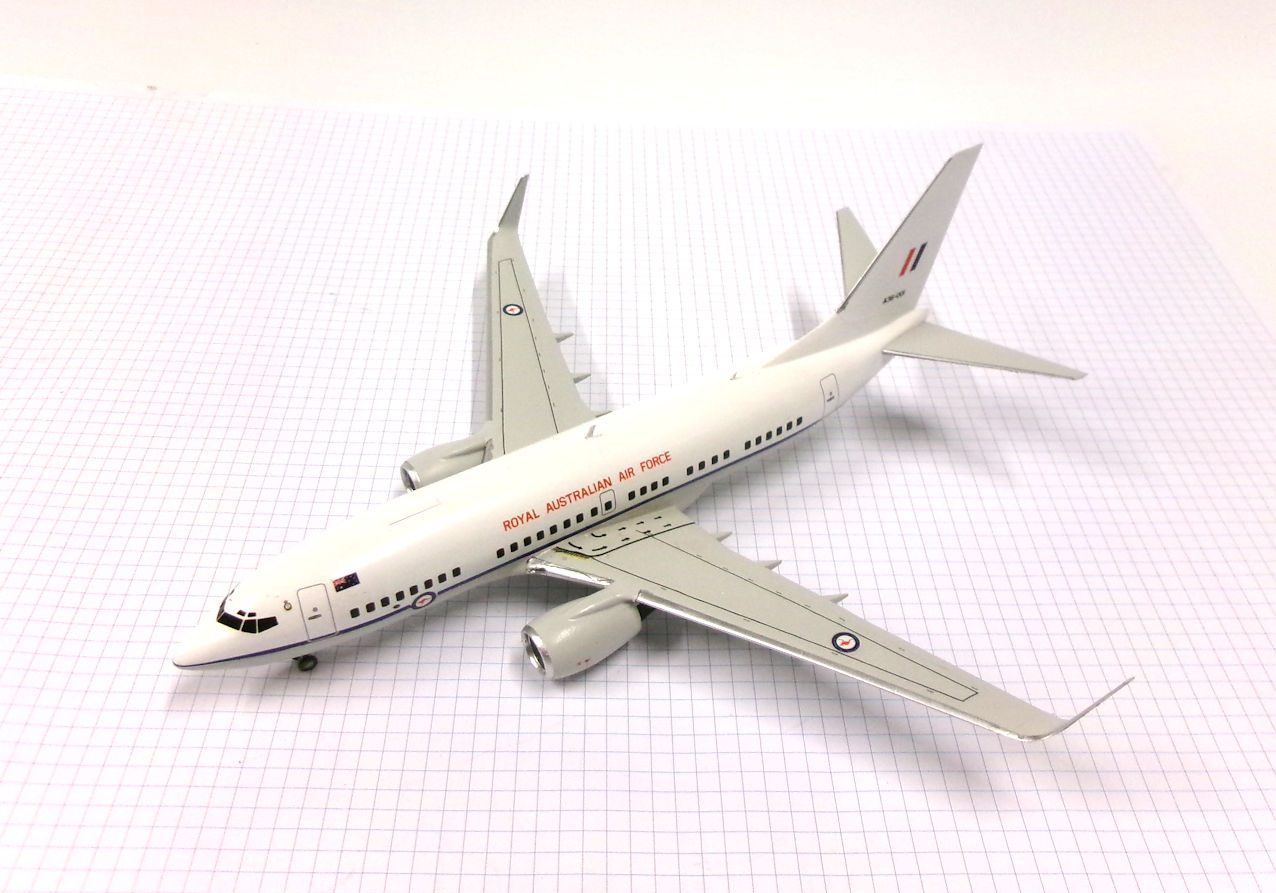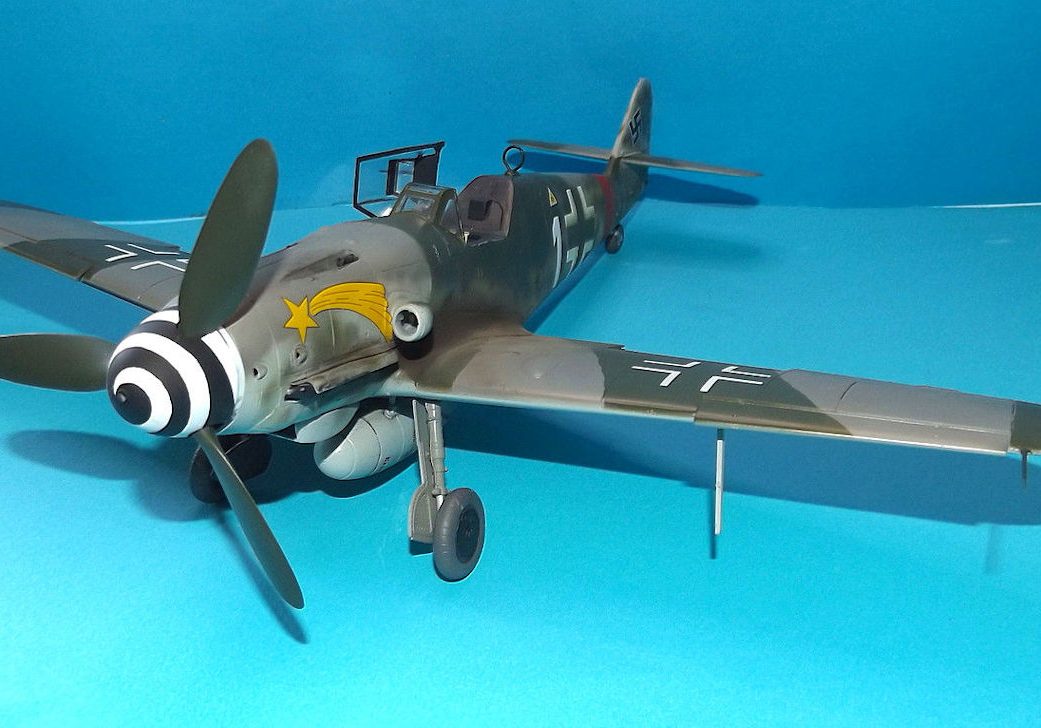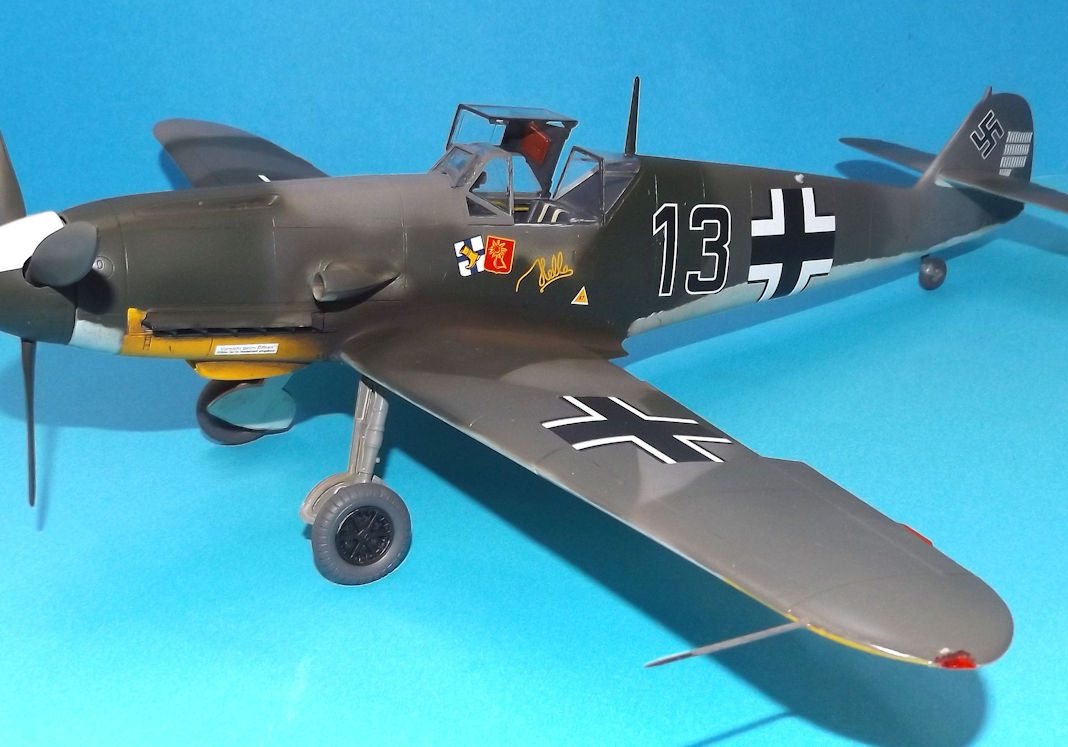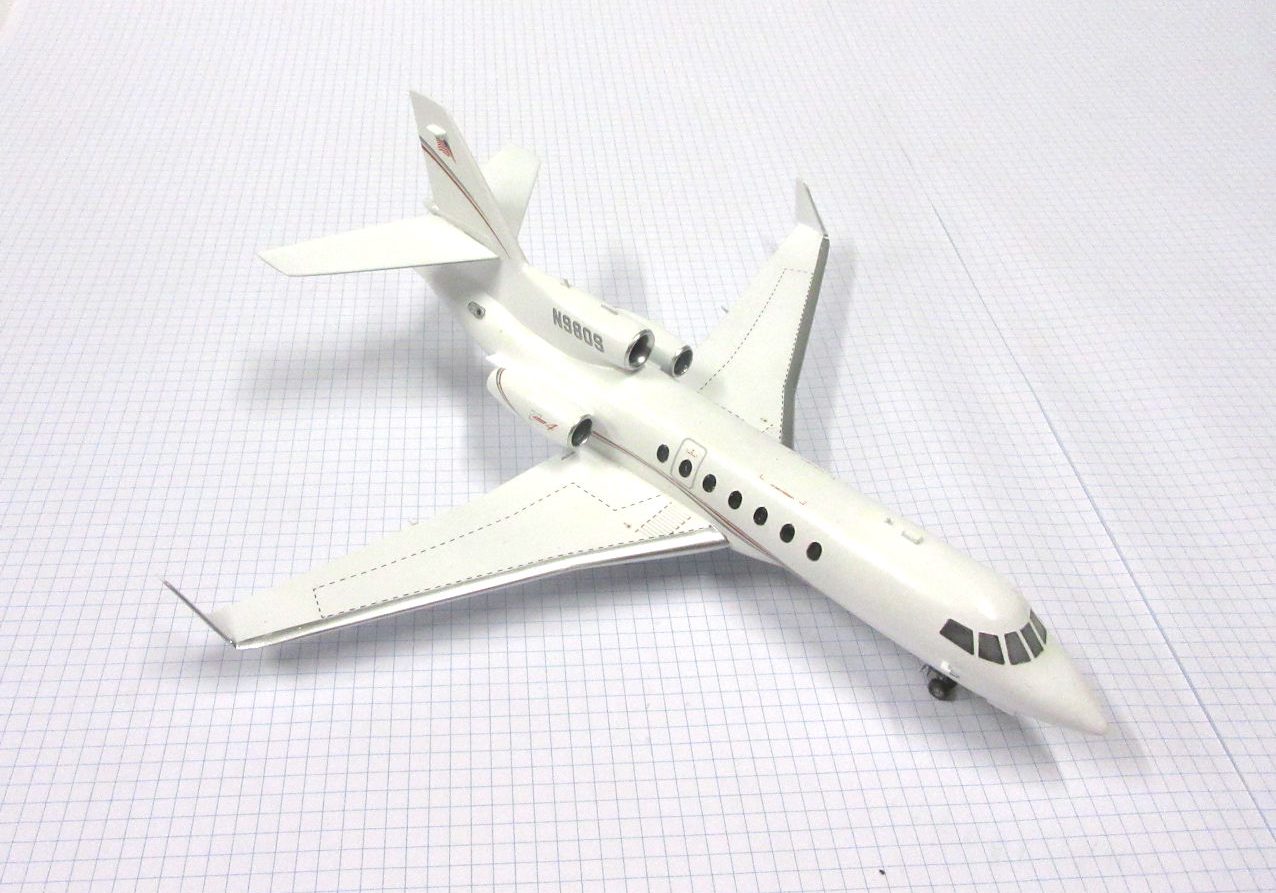History
The Airspeed Ambassador was designed in Britain in the mid 1940s. Despite it’s many advanced features the arrival of turboprop airliners in the early 1950s meant it was produced in only small numbers and did not stay in service for long.
The Airspeed Ambassador was a short to medium haul airliner designed in Britain towards the end of World War 2 as a replacement for the Douglas DC-3.
The prototype first flew on 10 July 1947 and 23 were manufactured, all but three flying for British European Airways between 1952 and 1958.
Its popularity was cut short by the development of turboprop airliners such as the Vickers Viscount and the Fokker Friendship.
Three were imported to Australia in 1957 by Butler Air Transport but they were returned to Britain when that airline was taken over by Ansett Transport Industries in 1959.
This model represents VH-BUJ flying with Butler Air Transport in 1958.
Welsh Models 1/144 kit with Hawkeye decals. Completed in May 2015.




